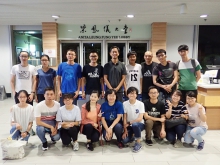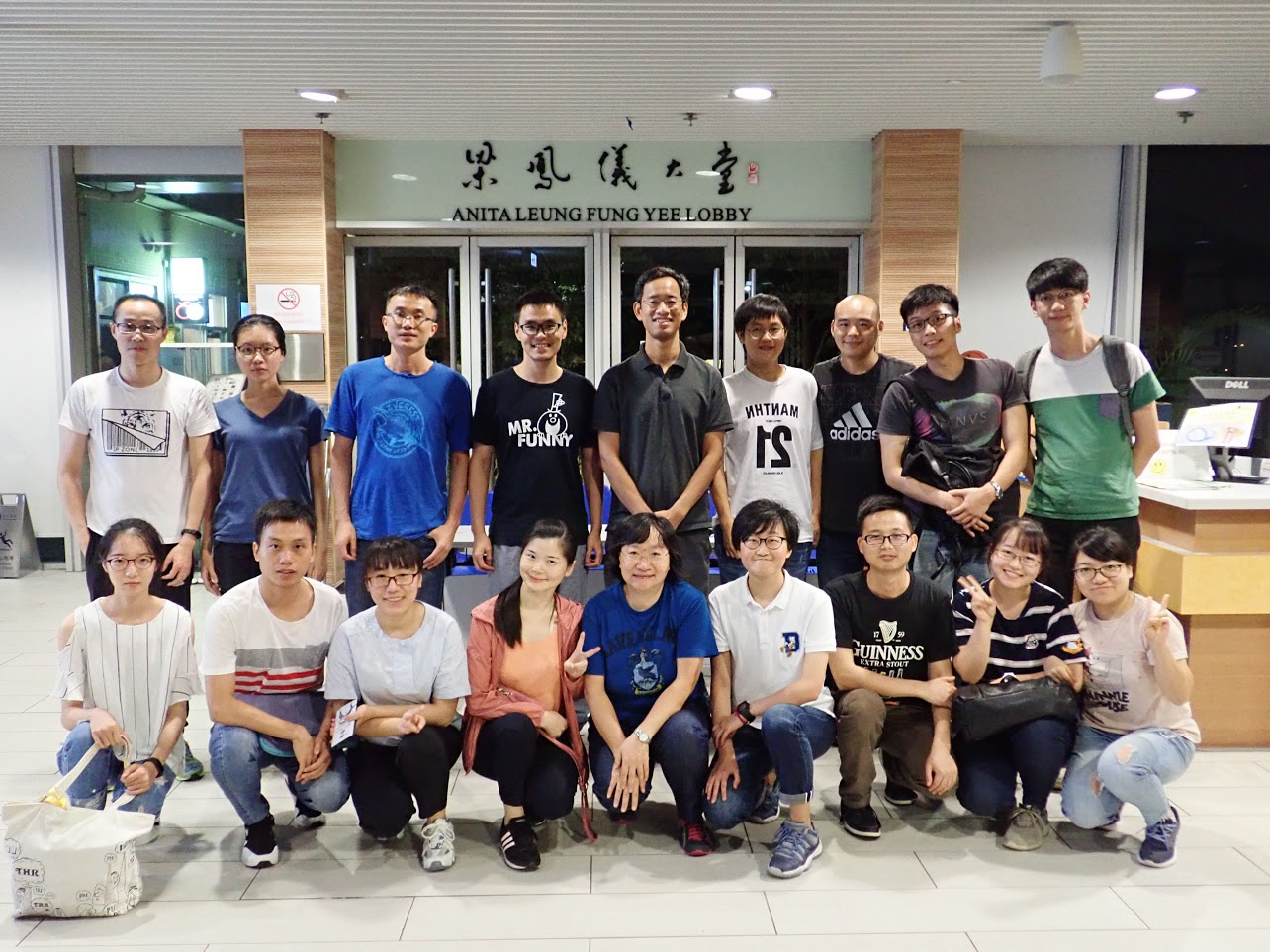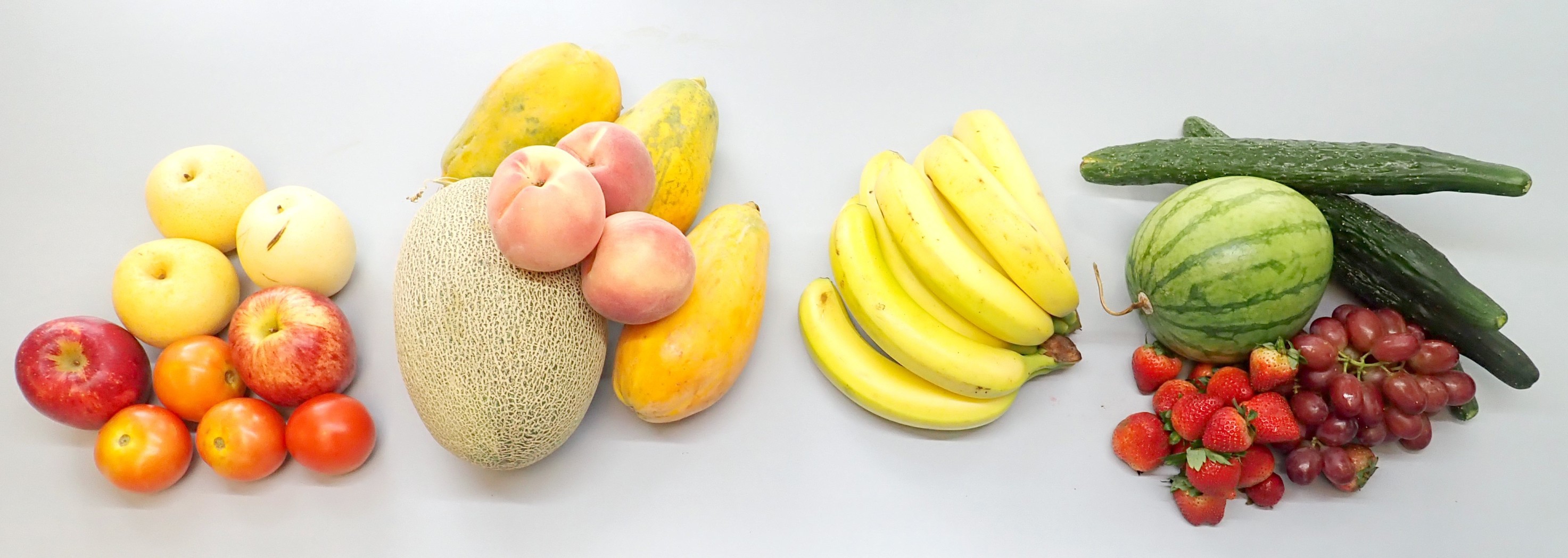CUHK
News Centre
CUHK fruitENCODE Project Finds the Hidden Treasures in “Junk DNA” in Eleventh Fleshy Fruit Genomes Paving the Way to Healthier Fruits
An international team of plant scientists from the US, UK, Spain and Argentina led by Professor Silin ZHONG, Assistant Professor of the School of Life Sciences of The Chinese University of Hong Kong (CUHK) has recently elucidated the genetic and epigenetic basis for the evolution of fleshy fruit. The findings pave the way to grow fruit with improved nutritional quality in the future. The study results have been published in the prestigious scientific journal Nature Plants.
Eating fleshy fruit plays an important part in a healthy diet for human beings because it is rich in fibre, vitamins, minerals, phytochemicals and antioxidants. For plants, fruit is a seed-bearing structure evolved from the flower. The ancient flowering plants have dry fruits that are adapted for dispersal by wind, mechanical expulsion, or by attaching to the fur of animals. The evolution of fleshy fruit approximately 80 million years ago enabled plants to interact with coevolving animals that consumed the fruit and dispersed the defecated seeds to distant locations, and hence significantly increased its reproductive success rate.
Despite many fleshy fruit genomes having been sequenced, scientists still do not know how plants could evolve such a diverse range of fruits. An important piece of the puzzle is that genes required for making different fruits are already present in the ancestral flowering plant genomes. Hence, the answer does not lie in the protein coding genes, but inside the non-coding region, which was once believed to be the useless “Junk DNA”.
Led by CUHK and with support from plant scientists over the world, the fruitENCODE consortium has generated a comprehensive functional genomic dataset for 11 fleshy fruit species which consist of 361 transcriptome, 71 accessible chromatin, 147 histone and 45 DNA methylation profiles. By comparing the non-coding regulatory elements in these fruit genomes, the researchers found three major types of regulatory circuits that are key to the evolution of fleshy fruit ripening. Eudicots fruits apple, pear and tomato evolve their fruits using duplicated floral identity genes, while melon, peach and papaya utilise existing senescence genes. The monocot banana, which diverged from other eudicots approximately 100-160 million years ago, uses both to form two interconnected circuits. Eudicots fruits such as watermelon, cucumber, grape and strawberry evolve a different ripening system that is ethylene independent.
The epigenome, H3K27me3 in particular, has played a conserved role in restricting fleshy fruit ripening. H3K27me3 is a repressive histone modification that is associated with the silencing of key developmental genes in both animals and plants. For fleshy fruit species, it is of significant evolutionary advantage to use a stable epigenetic mark like H3K27me3 to keep the ripening circuit under strict developmental control. The fruitENCODE project also found that the ancestral plant species also have orthologs of the ripening genes with similar H3K27me3 marks. This suggests that during their evolution, fruits like tomato, peach and banana have not just hijacked the genetic pathways in the ancestral angiosperms, but also borrowed their epigenetic marks to regulate ripening.
Professor ZHONG said, “By analysing the ‘Junk DNA’ in 11 fleshy fruit genomes, and much improved understanding of their ripening regulators, it is now possible to design strategies for engineering the regulatory element to manipulate candidate gene expression in order to alter specific ripening attributes to improve nutritional quality, consumer appeal and shelf life.”
About fruitENCODE – an encyclopedia of DNA elements for fruit ripening
Fleshy fruit ripening is an irreversible developmental process in which the physiological and biochemical properties of the seed-bearing organ are altered to aid seed dispersal. Significant progress has been made in the model fruit tomato, in which the plant hormone ethylene, fruit specific transcription factors and epigenome reprograming fine tune the ripening processes. The complexity in ripening regulation could be of significant evolutionary advantage, as accidental activation of ripening would attract frugivores prematurely and cause unnecessary seed loss, and the relatively stable epigenome could serve as a checkpoint to prevent ripening before seed maturation. However, as fleshy fruit evolved independently in different plant lineages, it would be naive to consider that the observations made in tomato could be universal. The goal of the fruitENCODE project is to provide a comprehensive annotation of functional elements in not just the tomato genome, but a wide range of fleshy fruit species in order to examine the diversity of fruit ripening processes.
For details, please refer to: http://www.epigenome.cuhk.edu.hk/encode.html

Professor Silin ZHONG (5th from left, 2nd row), Assistant Professor of the School of Life Sciences of CUHK and members of the fruitENCODE consortium.

Eudicots fruits apple, pear and tomato (1st from left) evolve their fruits using duplicated floral identity genes, while melon, peach and papaya (2nd from left) utilise existing senescence genes. The monocot banana (2nd from right) uses both to form two interconnected circuits. Eudicots fruits such as watermelon, cucumber, grape and strawberry (1st from right) evolve a different ripening system that is ethylene independent.


